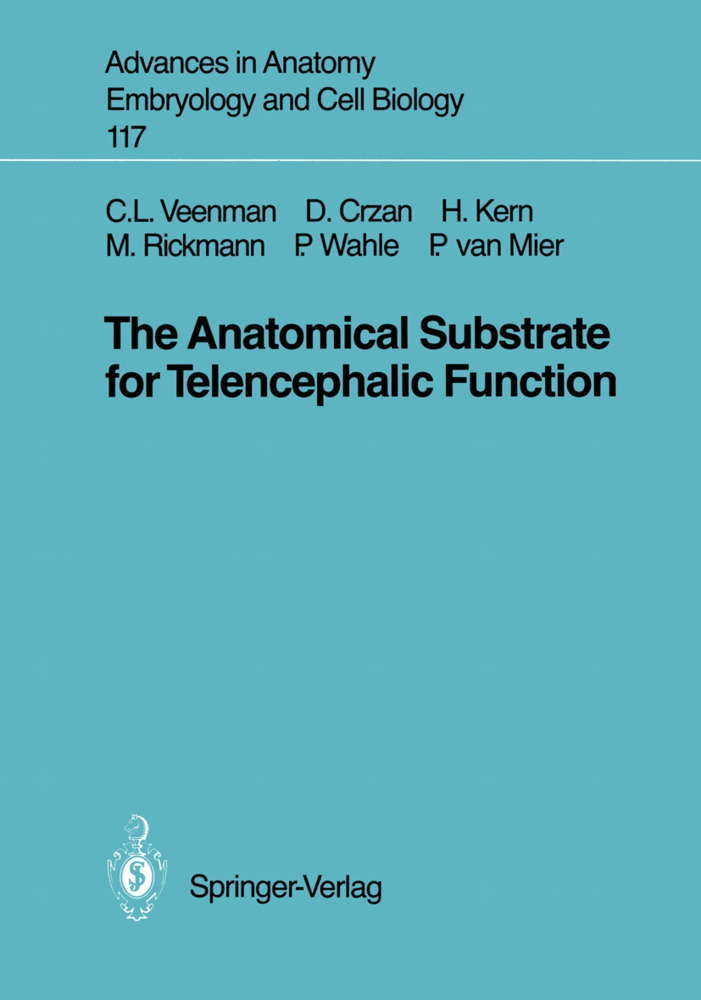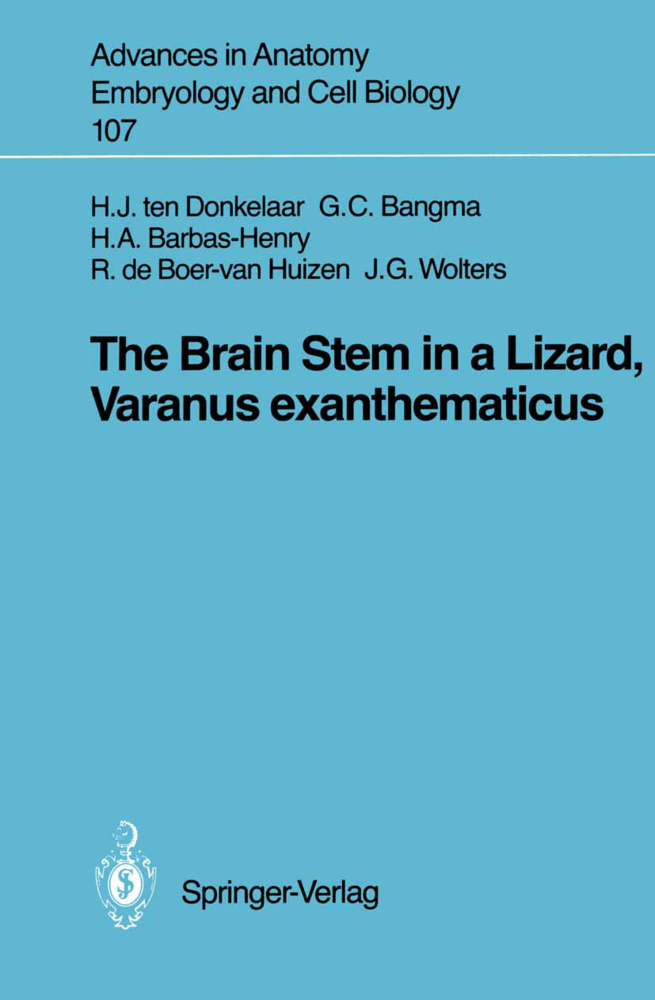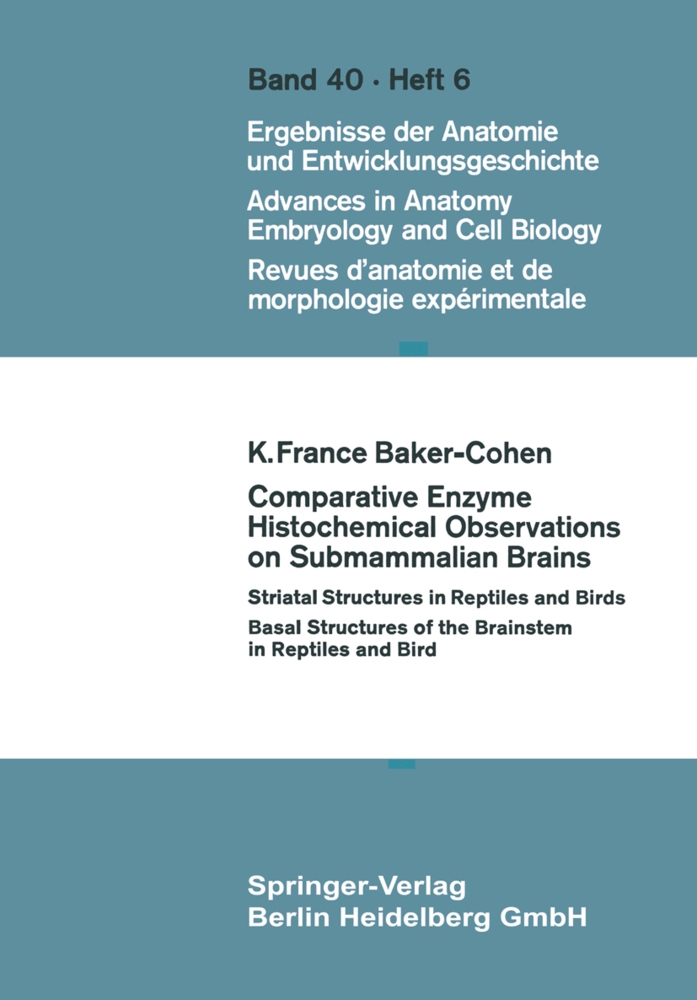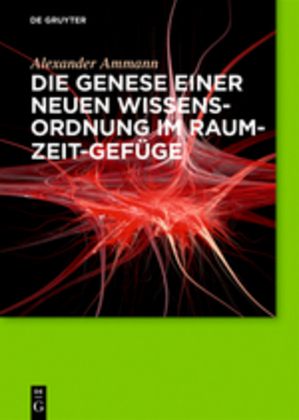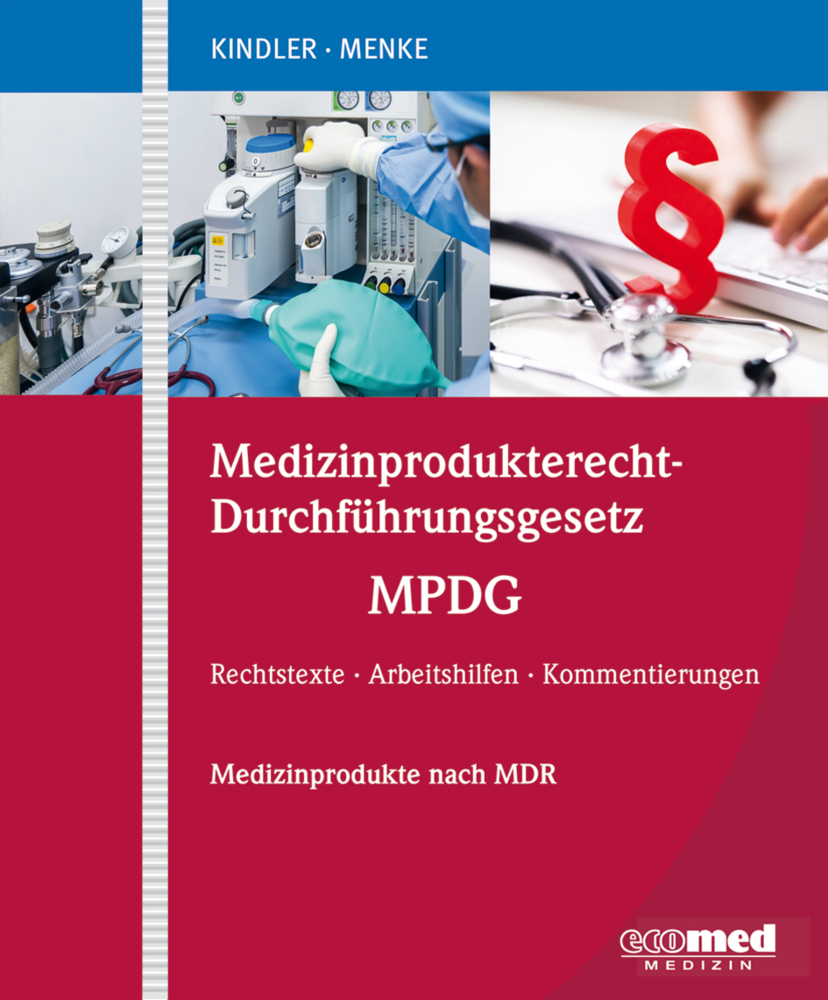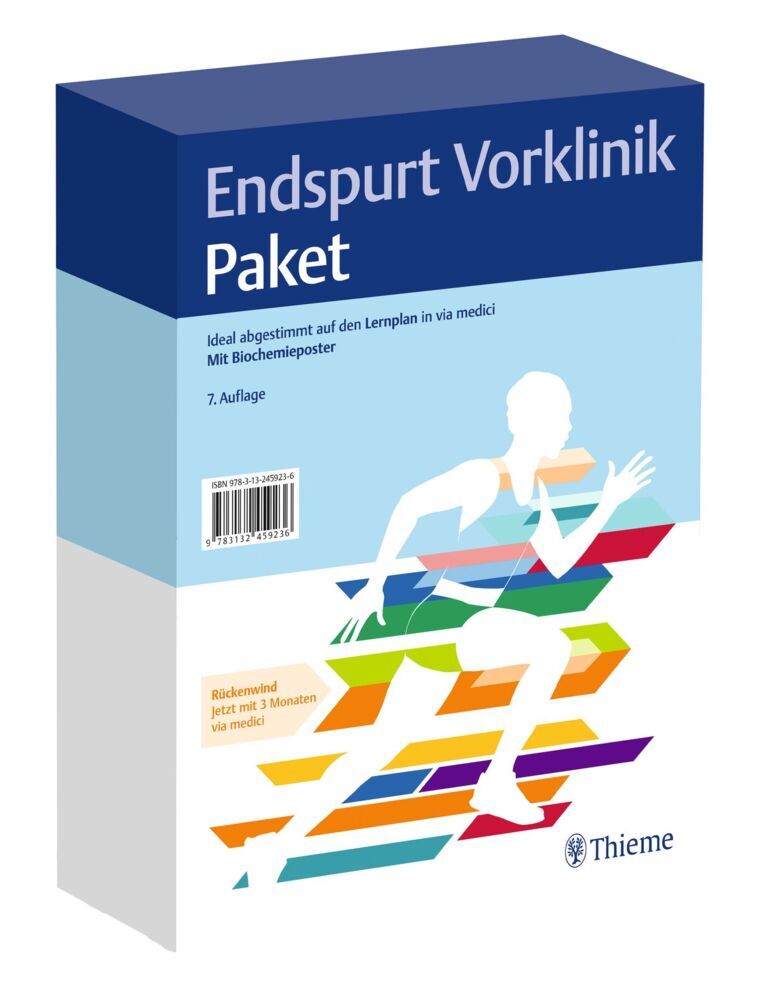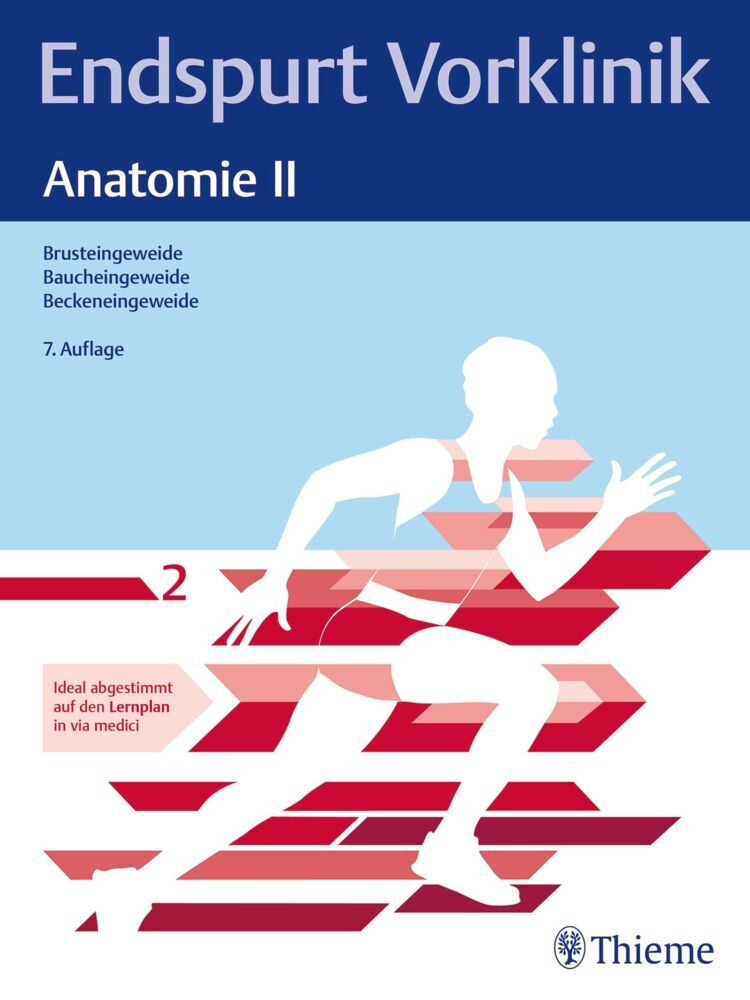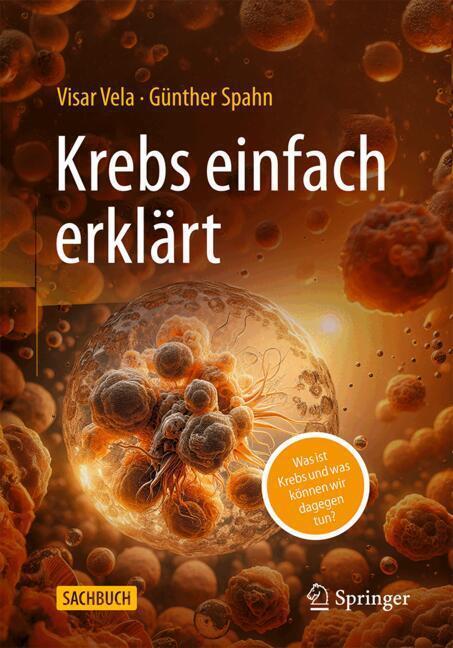The Anatomical Substrate for Telencephalic Function
The Anatomical Substrate for Telencephalic Function
The basic thesis for this study was that the telencephalon is needed to make decisions in new situations. Subsidary hypotheses were that the telencephalon consists of: (a) a sensorimotor system which generates motor activity from sensory input and (b) a selection system which makes choices from possible motor programs. It was postulated that the selection system should fulfil the following requirements: be accessible for past and present events, have the capacity to process this information in a nondetermined way with a possibility for ordering, and have access to motor-affecting systems (the sensorimotor system). The ability of the selection system to correlate information in a nonpredetermined way was considered most important. In short: The selection system should be able to associate any information in any combination, and have the capability for internal control of neuronal activity and external selection of motor programs (see Fig. IA. ) Xenopus laevis was chosen as a subject, since it has a relatively simple tel encephalon, with characteristics that it shares with "primitive" species of different vertebrate classes, and because it is easy to maintain as a laboratory animal. The main method used was the determination of connections with HRP. The pallium was in the focus of attention, since it was considered to be the core of the selection system. Immunohistochemistry was used as an additional parameter to compare Xenopus laevis forebrain with those of other vertebrates.
1.2 Dual Sensorimotor and Selection System
1.3 Position of the Pallium
1.4 Working Hypotheses
1.5 Choice of Animal
1.6 Methods Employed
2 Methods and Results: Study of Prosencephalic Connectivity and Structural Organization
2.1 Extra-experimental Procedures
2.2 Experimental Procedures
2.3 Horseradish Peroxidase Labeling
2.4 Display of the Forebrain and Injection Sites
2.5 Horseradish Peroxidase Injections in the Pallium (1-12)
2.6 Horseradish Peroxidase Injections in Extrapallial Telencephalic Areas (13-16)
2.7 Horseradish Peroxidase Injections in Extratelencephalic Regions (17-22)
3 Methods and Results: Electron Microscopic Study of HRP-Labeled Elements
3.1 Preparation of the Electron Microscopic Material
3.2 Electron Microscopic Material
3.3 Conclusions
4 Methods and Results: Distributions of Opioids, Substance P, and Serotonin
4.1 Immunohistochemistry
4.2 Distributions
4.3 Conclusions
5 Discussion: Hodological, Functional, and Comparative Concepts
5.1 Connectivity of the Telencephalon
5.2 Midline Crossing Connections
5.3 Function of the Pallium
5.4 Comparisons with Other Vertebrates
5.5 Conclusions
6 Summary
References.
1 Introduction: Theoretical Basis for Telencephalic function
1.1 Telencephalic function1.2 Dual Sensorimotor and Selection System
1.3 Position of the Pallium
1.4 Working Hypotheses
1.5 Choice of Animal
1.6 Methods Employed
2 Methods and Results: Study of Prosencephalic Connectivity and Structural Organization
2.1 Extra-experimental Procedures
2.2 Experimental Procedures
2.3 Horseradish Peroxidase Labeling
2.4 Display of the Forebrain and Injection Sites
2.5 Horseradish Peroxidase Injections in the Pallium (1-12)
2.6 Horseradish Peroxidase Injections in Extrapallial Telencephalic Areas (13-16)
2.7 Horseradish Peroxidase Injections in Extratelencephalic Regions (17-22)
3 Methods and Results: Electron Microscopic Study of HRP-Labeled Elements
3.1 Preparation of the Electron Microscopic Material
3.2 Electron Microscopic Material
3.3 Conclusions
4 Methods and Results: Distributions of Opioids, Substance P, and Serotonin
4.1 Immunohistochemistry
4.2 Distributions
4.3 Conclusions
5 Discussion: Hodological, Functional, and Comparative Concepts
5.1 Connectivity of the Telencephalon
5.2 Midline Crossing Connections
5.3 Function of the Pallium
5.4 Comparisons with Other Vertebrates
5.5 Conclusions
6 Summary
References.
Veenman, C. Leonardus
Crzan, Dagmar
Kern, Helene
Rickmann, Michael
Wahle, Petra
Mier, Peter van
| ISBN | 978-3-540-51229-5 |
|---|---|
| Artikelnummer | 9783540512295 |
| Medientyp | Buch |
| Copyrightjahr | 1989 |
| Verlag | Springer, Berlin |
| Umfang | XI, 110 Seiten |
| Abbildungen | XI, 110 p. 33 illus. |
| Sprache | Englisch |

